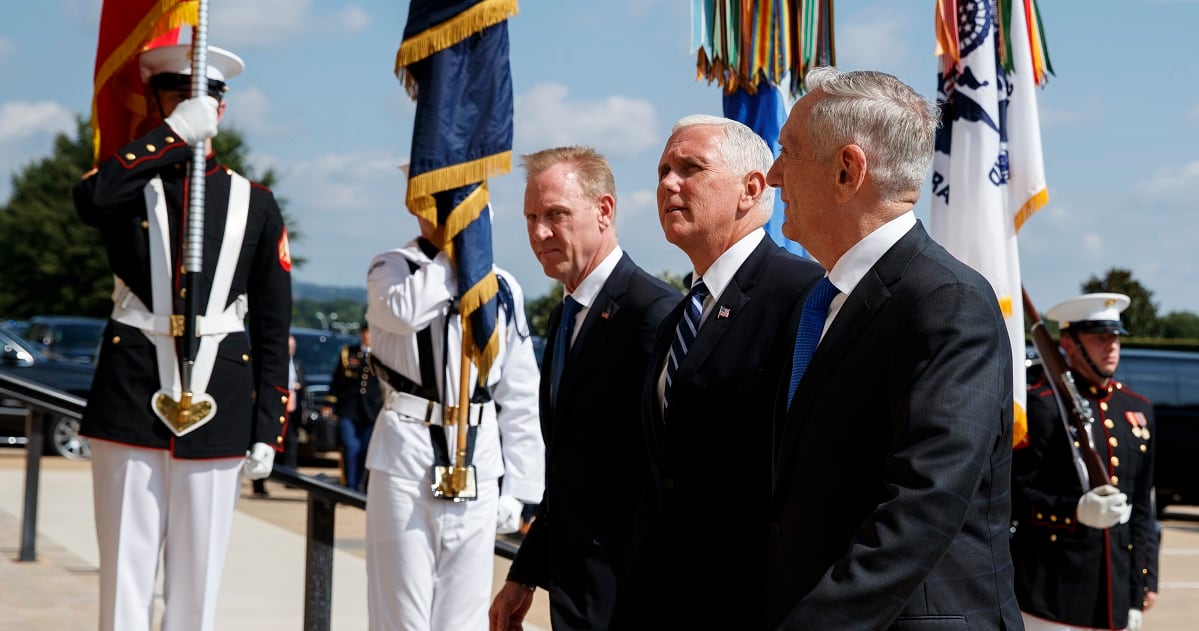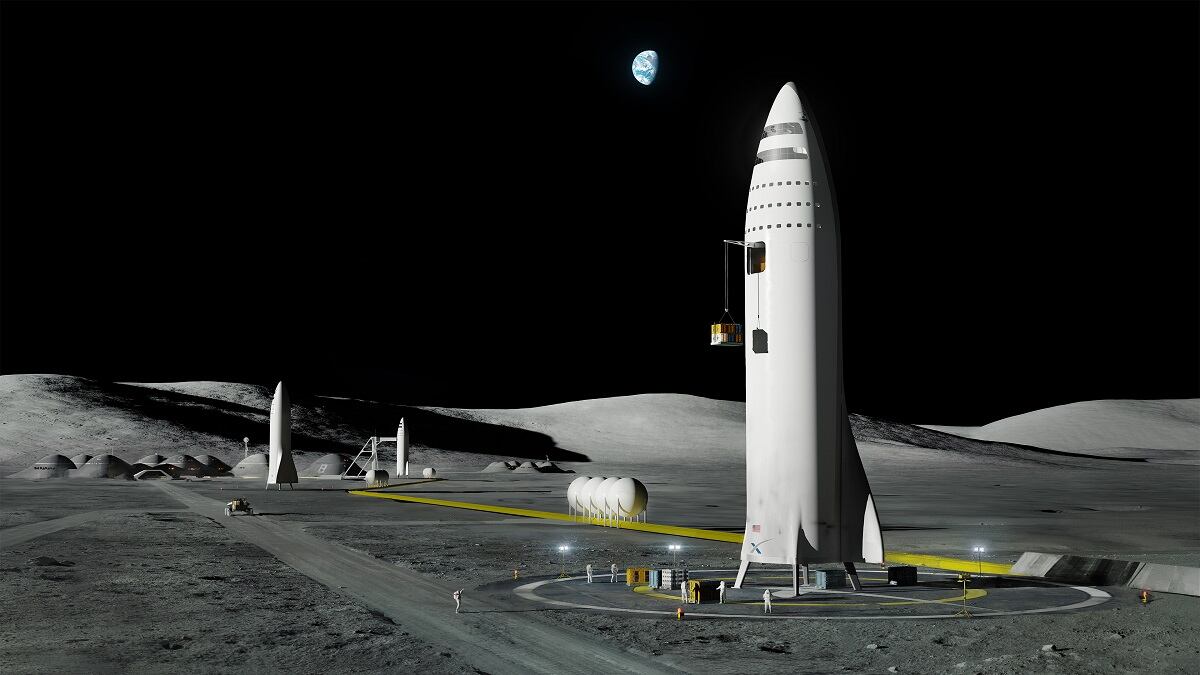WASHINGTON — The Pentagon’s No. 2 official has someone in mind to run the new Space Development Agency, and it may not be someone from the space community.
In an exclusive interview with Defense News, Deputy Secretary of Defense Patrick Shanahan also said he expects the cost for a future Space Force will be below the $13 billion estimate floated by the Air Force in September.
The Space Development Agency, which would be a joint procurement arm in charge of setting standards and avoiding the duplication on space technology, appears to be the hub of Shanahan’s plans for rebuilding the Pentagon’s space architecture.
There has been a widespread assumption, among those tracking progress on creation of the agency, that it would be headed by someone from the space community. However, Shanahan made it clear that space experience may be nice, but isn’t his priority for a candidate.
Instead, the deputy wants someone who has experience merging multiple systems and who has “real technical chops” when it comes to integrating systems.
“It’s less about the space mission ... this is a once in a lifetime opportunity to drive standards and integration,” Shanahan said Oct. 31.
RELATED

“Somebody that’s really done integration; somebody to understand systems engineering. So think about, you know, the ground stations and the architecture that goes along with that,” he said. “This is our chance to have true integration."
“This is that integrated environment that we have to protect, and the best way to be able to provision for the future is to develop a foundation that’s rooted in a very well-defined architecture and standards,” he added. “And the standards aren’t just simply for interfaces, these are design standards, you’re manufacturing standards, these are test standards — so it’s a suite of those things.”
When it was noted it appears he has someone specific in mind to lead the agency, Shanahan laughed and said, “Of course I do,” but he declined to name the candidate. (Based on how the job has been described, it seems likely the agency head will not need to be confirmed by the Senate, giving Shanahan a clear path for whoever he has targeted.)
However, the answer may come soon. Shanahan wants the agency set up quickly. ““We have to start tonight. I’m more interested in starting tonight than I am in capturing everything,” he said during an October event.
RELATED

Space Force costs
In September, an Air Force memo putting new costs for the creation of a Space Force at $13 billion emerged. But that is only one cost estimate, with the Office of the Secretary of Defense expected to deliver its own figure sometime before the end of the year.
Asked if it was fair to assume the OSD estimate would be less than the Air Force’s estimate, Shanahan smiled, laughed and indicated that it would be.
“Short answer: It’s going to be less than that. I haven’t looked at the number, but it’s going to be less than that,” he said. “I’m not concerned that people are just going to generate a big bill.”
The $13 billion figure sent waves of sticker shock through the defense community and led to accusations that the Air Force — which has been reluctant to embrace the idea of a Space Force — were hyping up costs to try and kill the idea.
But Shanahan seemed confident that new costs will be lower than the Air Force believes. “There’s going to be a cost, but what I want to do is take existing cost and move it over to this," he said. "The goal here is not to create a lot of incremental cost.
“In this department, you know with this secretary and this Congress, people in the White House, they’re not going to let us just go throw money at that.”
Aaron Mehta was deputy editor and senior Pentagon correspondent for Defense News, covering policy, strategy and acquisition at the highest levels of the Defense Department and its international partners.





